Dry socket is a painful dental condition that can occur after a tooth extraction. It is caused by a dislodgement of the blood clot that normally forms at the extraction site, exposing the underlying bone and nerves. Signs and symptoms of dry socket include severe pain that begins a few days after the extraction, radiating to the jaw and ear, bad breath, and an empty-looking socket. Risk factors for developing dry socket include smoking, using birth control pills, having a difficult or traumatic extraction, or having a history of dry socket.
Treatment for dry socket typically involves cleaning the socket and placing a medicated dressing in the socket to help promote healing and relieve pain. Over-the-counter pain relievers such as ibuprofen or acetaminophen may also be used to manage pain. Antibiotics may be prescribed if there is an infection present. If you are a patient of Johnson Oral Facial Surgery and feel like you have a dry socket call our office so we can help.
Johnson Oral Facial Surgery helps decrease the incidence of dry sockets by drawing our patient's blood and spinning it in a special centrifuge to create prf (platelet rich fibrin). This prf helps decrease the incidence of dry sockets by eliminating the dead space and providing a concentration of growth factors and proteins to help heal the area faster and more efficiently.
References:
- "Dry Socket: Symptoms, Causes, and Treatment" https://www.healthline.com/health/dry-socket
- "Dry socket" https://www.mayoclinic.org/diseases-conditions/dry-socket/symptoms-causes/syc-20372423
- "Dry Socket" https://www.webmd.com/oral-health/what-is-a-dry-socket#1
- "Dry socket: causes, symptoms and treatment" https://www.medicalnewstoday.com/articles/323129







